This week we returned with our Energy Storage Highlights Countdown. In the run-up to next week’s Energy Storage Europe Düsseldorf – from Tuesday to Thursday – Messe Düsseldorf has partnered with pv magazine to produce a special publication for the event. As part of the project, we tasked an independent jury of experts to rank a range of Energy Storage Highlights that will be exhibited at the event.
Come to our highlight ceremony
A public award ceremony for the Energy Storage Technology Highlights will be held at Energy Storage Europe Düsseldorf on Wednesday and we are looking forward to seeing you there, from 10 am at the ESE Forum in Hall 8b.
There you have the chance to meet experts from the companies of the five top-ranked submissions.
Among them, Thomas Speidel, CEO of ads-tec Administration GmbH, will be in attendance to receive the award.
Join us, along with Stefan and the other top-ranked experts, for an opportunity to deep dive into the exciting innovations and technologies leading the energy storage sector.
The full ranking will appear in the Energy Storage special issue. Over recent weeks, we have presented the top ten innovations, including load shifting fridges, supercapacitors that help lead-acid batteries that whiplash and a scorecard for battery systems. In the special issue, however, there are more to discover.
Now we can finally reveal that our winner is – drum roll please …
#1 ads-tec
Stationary storage to boost e-mobility
A Porsche EV has a capacity of around 100 kWh. A typical grid connection can deliver 20 kW at 32 amps. That means it will take around two-and-a-half hours to charge the battery to 50% capacity, despite the fact the car is the first that can be charged at 800 V high voltage with 320 kW – provided the charger can deliver that power, of course. If that were the case, it would take around 10 minutes for a 50% capacity charge – 16 times faster.
To address this challenge, German company ads-tec GmbH has developed the HPC Booster charging system, which can produce the required high voltage with a 140 kWh battery. The stationary battery at the charging point is loaded continuously from the grid and can be quickly discharged into the car on demand. With its product, the company has assumed pole position in our 2019 Energy Storage Highlights ranking.
The HPC Booster’s footprint of just 1.2×1.2 m is a unique feature of the system, according to ads-tec CEO Thomas Speidel, who says: “Because of that, it can also be deployed in cities where there is little available space.”
Such locations might be in high density city districts where there simply isn’t sufficient space for grid expansion. Speidel says a field application could concern urban logistics and delivery vehicles, which would run emissions free. Such vehicles have a range of 100-150 km and require established charging infrastructure with fast charging capabilities.
How did ads-tec achieve the HPC Booster’s compact footprint? By using silicon carbide semiconductors. The circuitry has been developed with Fraunhofer ISE and achieves particularly high switching frequencies.
Essentially, there are two possible business models for the product. In one, it is installed as infrastructure to make restaurants, pubs, museums etc more attractive to customers. The other could involve customers paying a premium per kilowatt-hour for fast charging.
Ads-tec does not publicly disclose pricing for the system, however, it is possible to make an estimate. If a battery has a lifespan of 4,000 cycles and costs around €500/kWh, the additional costs for charging would be around €0.05-0.12/kWh. An additional feature of the HPC Booster is it can provide ancillary grid services, which would help with refinancing. The company adds, in Germany at least, there are subsidies available to support such installations.
The HPC Booster convinced the jury of its merit despite criticism such a battery for EV charging would only work where the intervals between car charging cycles are long enough for the battery to recharge. Speidel agrees, but says he is convinced there will always be sufficient idle charging points. In principle, there is enough energy available to charge electric cars, but it is not always at the right location at the right time. The battery booster can help overcome this problem.
Jury comments
Mark Higgins: “It is important to unlock the deployment of fast charging infrastructure by solving the problem through battery solutions.”
Florian Mayr: “This is an important contribution to overcoming the barriers that stand in the way of widespread electrification of mobility. The window of opportunity is somewhat limited, however. Demand must be high enough to make sufficient use of the investment, but the utilization must be low enough for the batteries to recharge. In the end, one has to compare the cost of this solution with the cost and local availability of other solutions, such as grid expansion.”
Popular content
Logan Goldie-Scot: “Battery storage can help EV fast charger operators mitigate a number of business challenges, including demand charges and time-of-use energy rates, but it’s very site specific.”
Ads-tec GmbH can be found at Energy Storage Europe in Düsseldorf, in Hall 8b at booth E18.
The jury
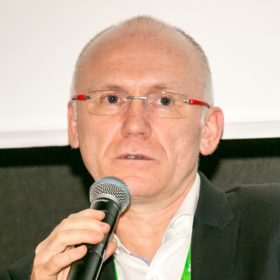
Xavier Daval
Daval is an international solar and storage expert as well as CEO of French solar technical advisory firm kiloWattsol SAS, which he founded in 2007. He is an electrical engineer and former director for the EMEA region for an NYSE-listed manufacturer of tools for the electronics industry. He is also VP of French renewable energy association Syndicat des Energies Renouvelables, chair of its solar commission and director of the Global Solar Council.
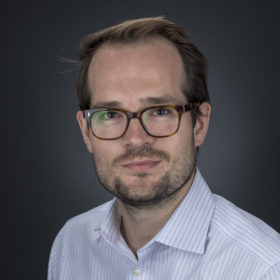
Logan Goldie-Scot
Goldie-Scot heads the energy storage insight team at BloombergNEF. He leads the company’s analysis on the global energy storage markets, providing insights on technology, markets, policies and regulation, as well as the competitive landscape. He also oversees the company’s analysis of supply chains.
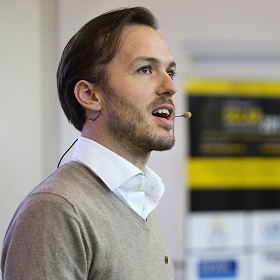 Rolf Heynen
Rolf Heynen
Heynen is director of Good! New Energy. Good! is known for the annual Dutch Solar Trend Report – also published in English – the Solar Quarterly, the Solar Solutions international trade fair and the Solar Business Day conference. Good! is also active in renewable heating, smart lighting and buildings, energy storage, consulting, energy modeling and market research. Heynen holds degrees in electrical engineering and political science.
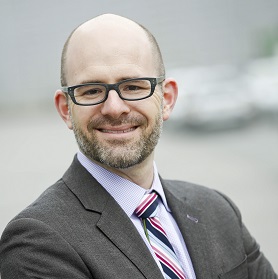
Mark Higgins
Higgins is chief operating officer of Strategen, a professional services firm focused on market development for a decarbonized grid. His broad energy sector experience before Strategen included serving as director of utility west at SunEdison, VP of finance for Hu Honua Bioenergy, and as Pacific Gas & Electric’s lead in key policy areas including interconnection and transmission planning.
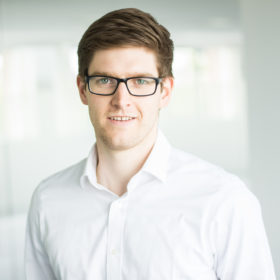
Julian Jansen
Jansen is a research manager at IHS Markit Technology. He leads the group’s global research on stationary energy storage and provides insight on the key value drivers and emerging business models accelerating storage deployment across Europe and North America. Jansen also delivers strategic advice for bespoke projects featuring new energy technologies.
 Florian Mayr
Florian Mayr
Mayr is a partner at Apricum and head of its energy storage, digital energy and green mobility practices. He is an expert in strategy, business development and transaction advisory in global renewable energy markets. Mayr advises cleantech companies on corporate and project financing. Before Apricum, he spent eight years in senior positions at McKinsey & Company and RWE.
This content is protected by copyright and may not be reused. If you want to cooperate with us and would like to reuse some of our content, please contact: editors@pv-magazine.com.
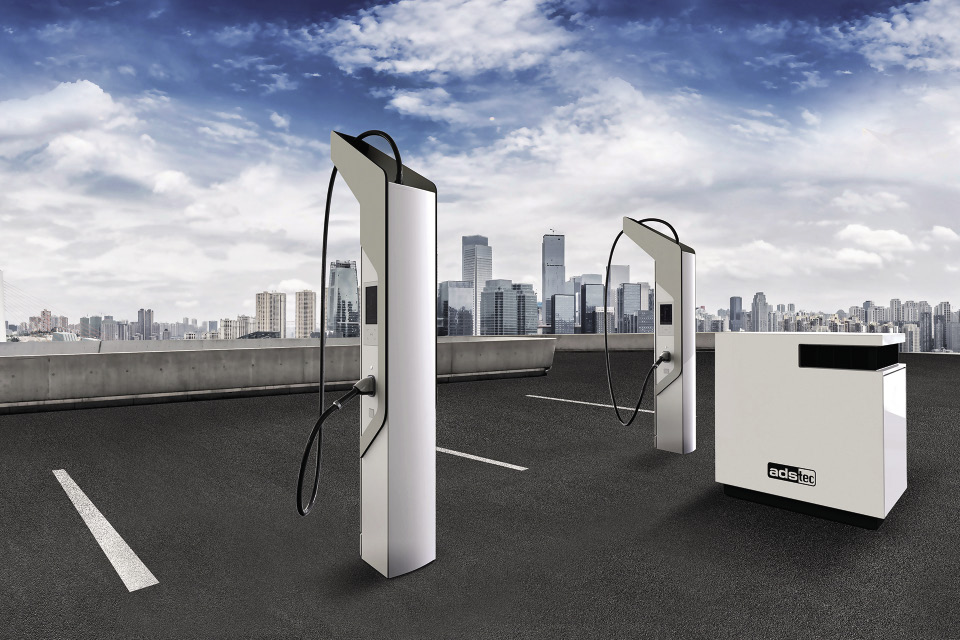


By submitting this form you agree to pv magazine using your data for the purposes of publishing your comment.
Your personal data will only be disclosed or otherwise transmitted to third parties for the purposes of spam filtering or if this is necessary for technical maintenance of the website. Any other transfer to third parties will not take place unless this is justified on the basis of applicable data protection regulations or if pv magazine is legally obliged to do so.
You may revoke this consent at any time with effect for the future, in which case your personal data will be deleted immediately. Otherwise, your data will be deleted if pv magazine has processed your request or the purpose of data storage is fulfilled.
Further information on data privacy can be found in our Data Protection Policy.